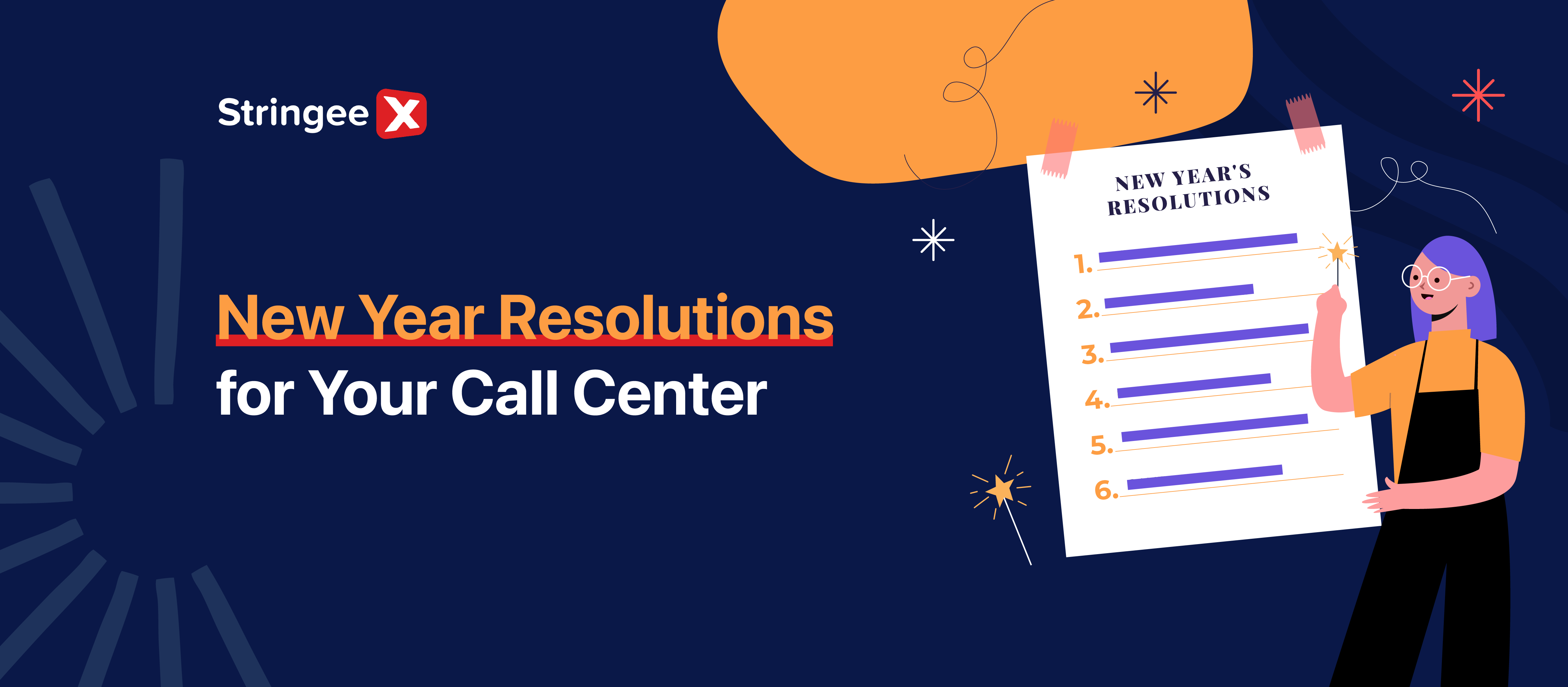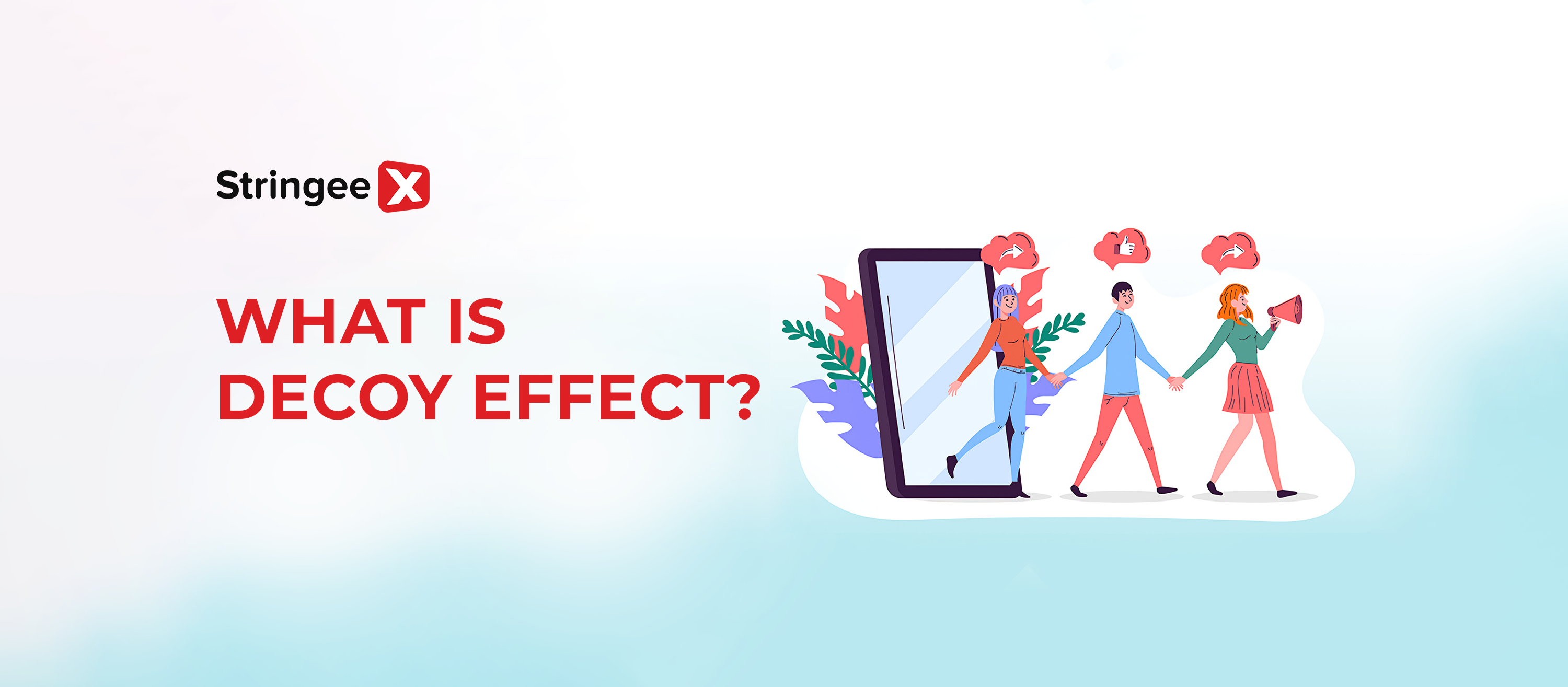What is Experiential Marketing?
Experiential Marketing is a strategy that communicates directly with a target audience and involves people's experiences with a brand or its products. The goal of this strategy is to reach customers creatively to build an emotional connection between the brand and customers.
To clearly understand what Experiential Marketing is, we can imagine that, instead of focusing on products, services, or brands, Experiential Marketing puts customers and their emotions at the center of the stage. The idea of this campaign is to provide unique live experiences that use emotions as the basic foundation for communication.
Experiential marketing is a proven technique that generates higher engagement, conversion rates, and ROI. If you want to differentiate yourself from the crowd and gain a competitive advantage in today's digital age, businesses must incorporate Experiential Marketing in their company's Marketing strategy.
What are the 2 main elements of Experiential Marketing?
So what are the main factors that form Experiential Marketing? To appeal to the emotions and senses of a brand's target audience, it's important to know that the two essential components of a good Experiential Marketing strategy are emotional experiences and technology.
Experience emotions
Most decisions are driven by emotions, and purchasing decisions are no exception. A brand that is able to create personalized, emotion-generating experiences can connect with their customers on a deeper level and add immense value to their brand through distinctiveness.
Technology
Experiential Marketing and technology often go hand in hand. Using the right technology tools is key to creating memorable experiences that meet a company's business goals. Technology helps brands properly segment their audiences through big data and other tools. This helps them take actions consistent with public interests and communicate effectively.
Thanks to Experiential Marketing, businesses can create much more impressive brand experiences that cannot be achieved without the use of virtual reality, mobile devices, touch devices, etc. Not to mention technology helps brands measure the performance of their events (ROI, engagement, etc.).
5 types of Experiential Marketing and classic case-studies
To better understand what Experiential Marketing is, let's explore the 5 types of Experiential Marketing and related classic campaigns.
Brand activation
Brand activation involves any type of interaction that allows the target audience to interact directly with the brand. The purpose is to connect consumers with the company and provide a lasting, memorable experience to increase brand awareness.
For example:
In September 2022, NBC took the public back in time - not literally, but as a promotional stunt for the release of a new season of the movie Quantum Leap that came out that month. At a time when gas prices were rising to $5/gallon, NBC invited participants to drive through their “Quantum Collider” gas station.
On the other hand, they built the gas station around a world concept like it was in 1985 (when the show first debuted): MTV-era music, trivia, break-dancers, snacks, and swag. Most importantly, NBC also offers participants the opportunity to fill up their gas tank for just 0.91 cents/gallon.
With this stimulus, NBC found a way to take people back in time while engaging with their brand in a fun, memorable, and exciting way that generated widespread buzz.
Guerrilla marketing
Guerrilla marketing is a unique strategy that uses surprise and appeal to impress customers. Guerrilla Marketing aims to shock the public. Common examples include flash mobs, street graffiti, or publicity stunts. Sometimes, marketers make much bolder moves.
It sounds impossible to actually implement something like that. But imagine, what if everyone could create music posters for their brand? To promote the nominees for the Album of the Year category, the music awards show GRAMMYS created a video to show what would happen if the poster for the nominated artists started singing.
In-house marketing
From pop-up stores to in-store activities, In-house marketing is the right answer to the question of what kind of effective Experiential Marketing is. Essentially, this tactic involves brands using brick-and-mortar placement to engage their target audience with exciting offers and/or experiences, for a limited time only.
For example, KFC has partnered with famous hip-hop artist Jack Harlow to attract a younger, more diverse audience. The duo launched the partnership with a food truck outside of the show in the artist's hometown of Louisville, Kentucky.
KFC then gave consumers the opportunity to order Harlow's favorites through the restaurant's app. When customers arrive, they park in the VIP parking lot and pick up their orders at the KFC pick-up shelf.
Product demo
Some types of experiential marketing are multi-purpose. The business not only invites people to participate in the in-house experience but also offers the opportunity to try the product directly.
Dolce & Gabbana teamed up with Coffee ‘n Clothes to create a pop-up store showcasing their products in a custom Airstream. The mobile pop-up shop hit the streets in the summer of 2021 and drove a lot of business for the brand.
Engaging directly at points of sale, Dolce & Gabbana allows customers to make appointments to have the store delivered to their homes. The brand used this unique concept to showcase its products and give people a safe way to shop during the pandemic.
Event marketing
Event Marketing is a form of experiential marketing that helps brands raise awareness, create buzz, and encourage consumers to interact more closely with them.
Lessonly, a global training software company, has partnered with Webex Events for their 2021 Yellowship event. Lessonly uses the highly customizable Webex Events mobile app, allowing them to create immersive experiences for attendees, exhibitors, and…llamas (yes, that truth). The app provides attendees with a branded event experience, making event navigation and participation easy.
At the end of the event, Lessonly achieved:
- 78% of participants use the app: 480 of 695 attendees downloaded Yellowship's event app.
- 284 social wall mentions: They expressed great enjoyment of social wall posts each day and saw consistent app engagement for days after the event.
- 33% participate in gamification.
- 500 leads: 77% of leads are considered 5 stars.
- Valuable data feedback: Webex Events in-app data provided Lessonly with a simple way to gather feedback and improve
Conclusion
Hopefully, this article has answered readers' questions about Experiential Marketing definition. As mentioned above, Experiential Marketing focuses on the customer rather than the product. Therefore, for a modern Marketing campaign to be successful, it does not necessarily have to be related to services or products. It simply has to focus on creating a positive brand association.
Businesses will need to nurture a source of potential customers after an Experiential Marketing campaign and StringeeX will become a comprehensive solution for this problem. StringeeX is software that provides multi-channel customer care services such as Facebook Fanpage, Email, Hotline, Zalo OA,... to help businesses increase connection with customers, thereby improving conversion rates on channels. channel.
In addition, StringeeX software also has open APIs, which can quickly integrate with other CRM/ERP software such as AMIS CRM, Hubspot, and Salesforce... for future customer care and data management.
Sign up for a 10-day trial of StringeeX's service here.










